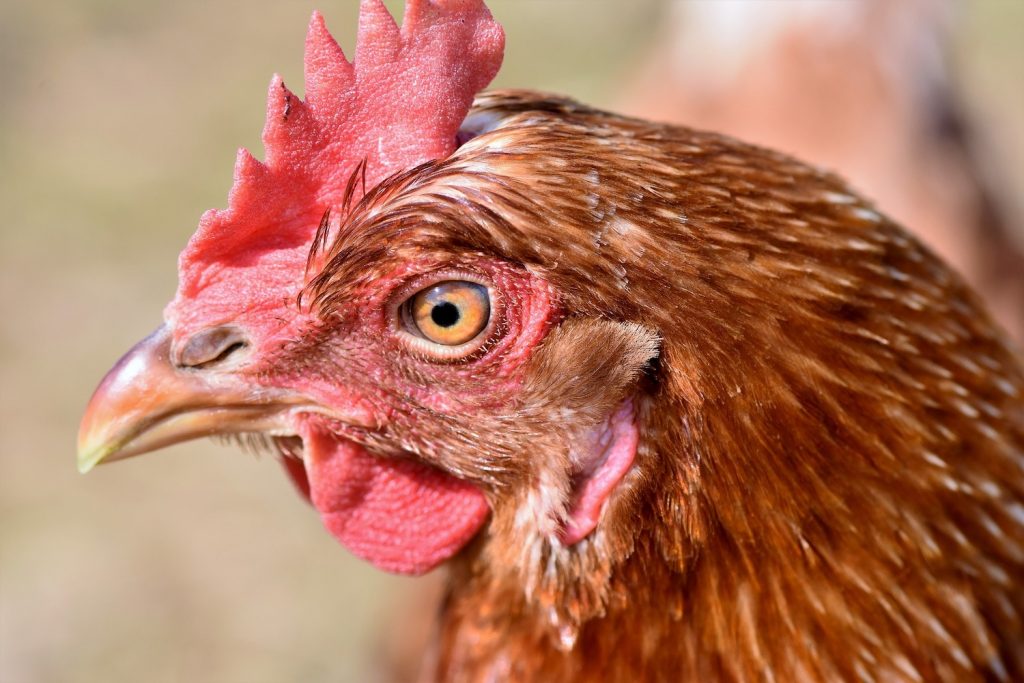Avian flu risk raised to ‘high’ in Great Britain
9th November 2020
After two recent outbreaks of avian influenza in England, the risk level for the disease entering Great Britain via wild birds has been raised from ‘medium’ to ‘high’.

After two recent outbreaks of avian influenza in England, the risk level for the disease entering Great Britain via wild birds has been raised from ‘medium’ to ‘high’.
Meanwhile the risk level for the disease being introduced to poultry premises has been raised to ‘medium’.
The Animal and Plant Health Agency says the risk of introduction to individual premises depends upon the level of biosecurity implemented to prevent contact with wild birds.
Chief vets from England, Scotland, Wales and Northern Ireland are urging bird keepers across the UK to maintain and strengthen their biosecurity measures in order to prevent further outbreaks of avian influenza in the UK.
Highly pathogenic avian influenza of the H5N8 strain was confirmed at a premises near Frodsham in Cheshire on 2nd November. All 13,000 broiler breeder chickens were culled to prevent spread of the disease and a 3km protection zone and 10km surveillance zone were put in place around the infected premises.
Testing has since confirmed that the strain is related to the virus currently circulating in Europe.
Another unrelated case of low pathogenicity avian influenza (LPAI), of the H2N2 strain, was also confirmed at a small commercial premises near Deal in Kent on 2nd November. All birds were humanely culled and a 1km LPAI restricted zone was put in place.
For biosecurity best practice advice visit: https://www.gov.uk/guidance/avian-influenza-bird-flu#biosecurity-advice
Check if you are in a restriction zone using the APHA’s interactive map: https://defra.maps.arcgis.com/apps/webappviewer/index.html?id=8cb1883eda5547c6b91b5d5e6aeba90d
APHA says poultry farmers should remain vigilant for signs of disease in your flock and report any sign of avian influenza to Defra Rural Services Helpline on 03000 200 301.
